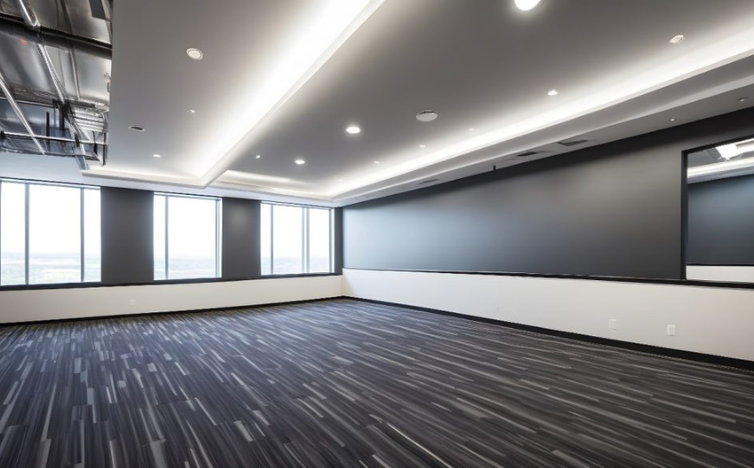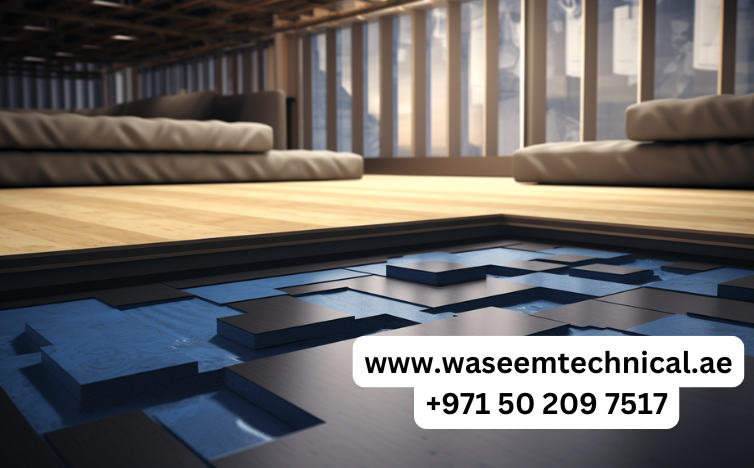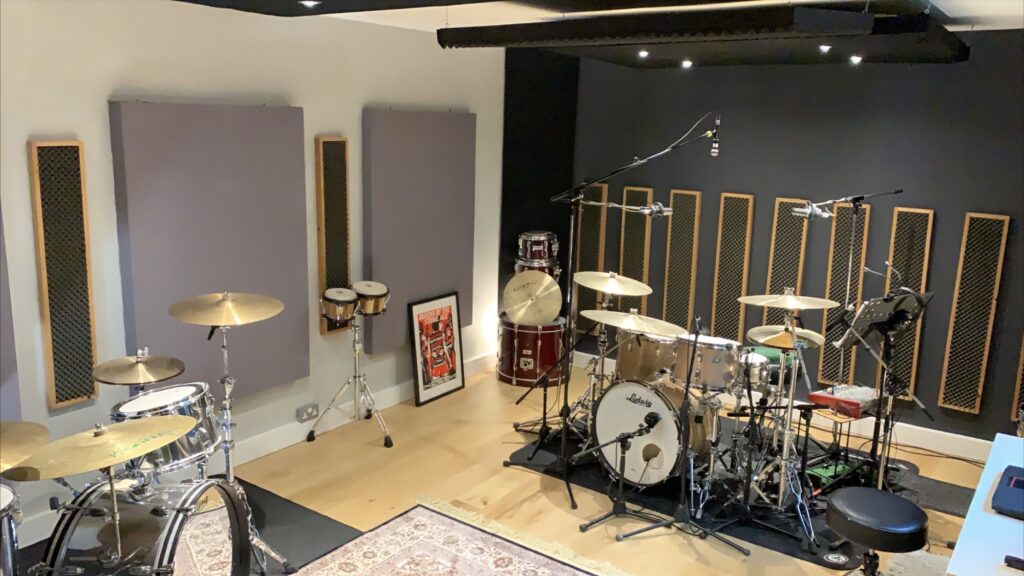Soundproofing is essential for various spaces, whether it’s a home, office, or industrial setting. Among the most popular materials is Mass Loaded Vinyl (MLV), renowned for its versatility and effectiveness. But how does it stack up against other common soundproofing materials? In this article, we’ll know MLV vs other soundproofing materials, including acoustic foam, fiberglass insulation, and acoustic panels, to help you choose the right solution for your project.
What is Mass Loaded Vinyl (MLV)?
MLV is a heavy, flexible soundproofing material made from polyvinyl chloride (PVC) combined with a dense additive like barium sulfate or calcium carbonate. It’s often used in walls, floors, and ceilings to block sound from entering or leaving a space. Its dense structure allows it to absorb and block sound waves effectively, making it a popular choice in both residential and commercial applications.

Benefits of Mass Loaded Vinyl
- High Soundproofing Performance: MLV provides excellent noise reduction, particularly for airborne noise like voices, traffic, or music.
- Versatility: MLV can be used in various places, including walls, floors, ceilings, and even vehicles.
- Thin and Flexible: Unlike thick fiberglass or foam panels, MLV is relatively thin and flexible, making it easy to install without taking up too much space.
- Durability: It is resistant to mold, mildew, and fire, offering long-lasting soundproofing.
See Also: Affordable Soundproofing with Mass Loaded Vinyl
Other Common Soundproofing Materials
1. Acoustic Foam
Acoustic foam is a lightweight material designed to absorb sound, often seen in recording studios, offices, and theaters. It’s typically installed on walls to reduce echo and improve room acoustics. However, acoustic foam is not a sound-blocking material and is more effective at treating sound within a room than preventing noise from entering or leaving.
Pros:
- Improves Acoustics: Ideal for reducing echo and reverberation.
- Lightweight and Easy to Install: Foam panels are lightweight and simple to install on walls or ceilings.
Cons:
- Limited Soundproofing: Foam does not block noise effectively from traveling between rooms.
- Less Durable: Can deteriorate over time, especially in humid environments.
See Also: 5 Steps To Install Acoustic Foam Panels on Walls
2. Fiberglass Insulation
Fiberglass insulation is a common material used inside walls to trap sound waves and prevent them from passing through. It’s frequently used in residential construction and is effective at reducing both airborne and impact noise.
Pros:
- Effective for Airborne Sound: Blocks noise between rooms, making it a good choice for homes.
- Affordable: Fiberglass is relatively low-cost compared to other soundproofing materials.
Cons:
- Thick Installation: Fiberglass requires space inside walls, floors, or ceilings, making it less ideal for retrofits.
- Less Effective for Low Frequencies: While good for mid to high frequencies, fiberglass insulation struggles to block low-frequency noise.
3. Acoustic Panels
Acoustic panels, often made from fabric-wrapped material, are designed to absorb sound and improve acoustics within a space. Like foam, they help reduce echo and reverberation but do little to block noise from traveling between spaces.
Pros:
- Aesthetic Appeal: Acoustic panels come in various styles and designs, adding visual appeal while improving sound quality.
- Effective for Sound Absorption: They absorb sound effectively, improving audio clarity within a room.
Cons:
- Not a Sound Barrier: Panels are great for improving internal acoustics but do not block external noise.
- Higher Cost: Acoustic panels can be more expensive, especially if custom designs are needed.
MLV vs. Other Materials: Which is Best?
Sound Blocking
When it comes to blocking external noise from entering or leaving a space, MLV is one of the most effective options due to its high density and mass. While fiberglass insulation and foam offer some noise reduction, they are primarily designed to absorb sound rather than block it. MLV outperforms these materials in soundproofing walls, ceilings, and floors, making it the best choice for complete noise isolation.
Ease of Installation
Acoustic foam and acoustic panels are easier to install compared to MLV, which often requires professional installation to achieve optimal results. Fiberglass insulation is also relatively simple to install but is typically hidden within walls, making it harder to retrofit existing spaces. If ease of installation is a priority, acoustic foam may be more appealing, but for long-term results, MLV is worth the investment.
Durability
MLV is one of the most durable soundproofing materials available. It is resistant to moisture, mold, and fire, ensuring it lasts for years without deteriorating. Fiberglass and acoustic foam may not last as long, particularly in humid or high-traffic areas.
Cost Efficiency
Fiberglass insulation is often the most affordable soundproofing material, but its performance is limited compared to MLV. Acoustic foam and acoustic panels can be more costly, particularly when considering their limited soundproofing capabilities. While MLV tends to be more expensive upfront, its superior noise reduction and long-lasting durability make it a cost-effective solution over time.
Call us: Contact Waseem Technical Soundproofing Expert in Dubai For Soundproofing: +971 50 209 7517
Conclusion: Which is Best for You?
The best soundproofing material depends on your specific needs. MLV is ideal if you’re looking to block external noise in areas like home theaters, recording studios, or industrial spaces. Its density and versatility make it a top performer for reducing noise transmission. However, for improving internal room acoustics or absorbing sound, acoustic foam or acoustic panels might be more suitable. Fiberglass insulation offers a good balance between cost and effectiveness for residential soundproofing but doesn’t compare to MLV for more demanding applications.
Ultimately, if your goal is to block noise and create a quiet, isolated space, MLV is the superior choice. For less critical sound control, other materials like acoustic foam or fiberglass insulation may be sufficient.




